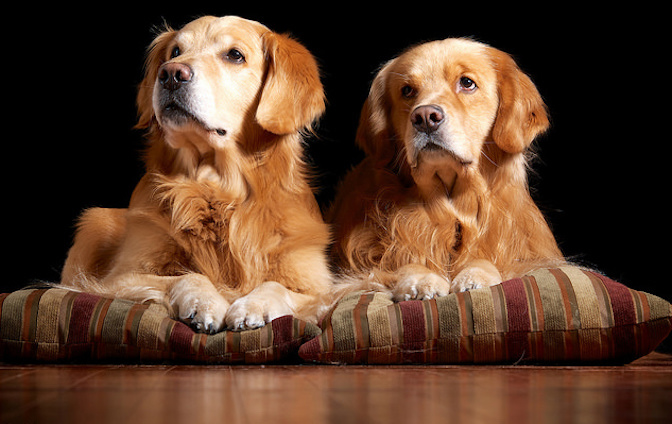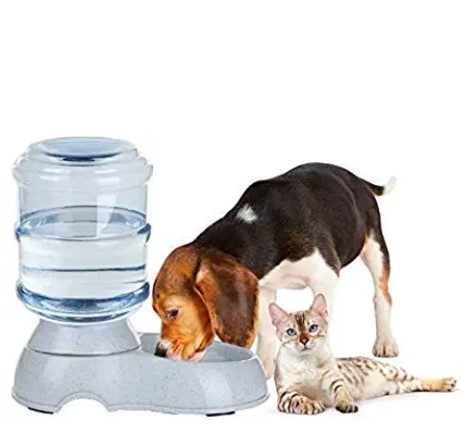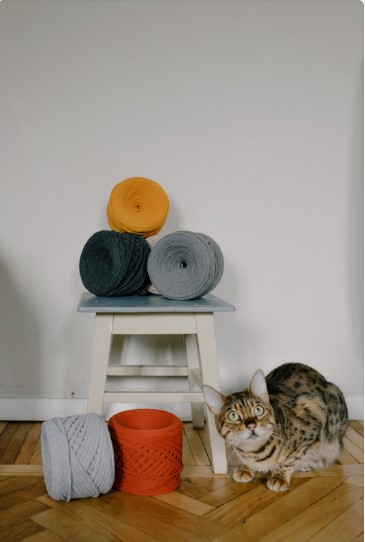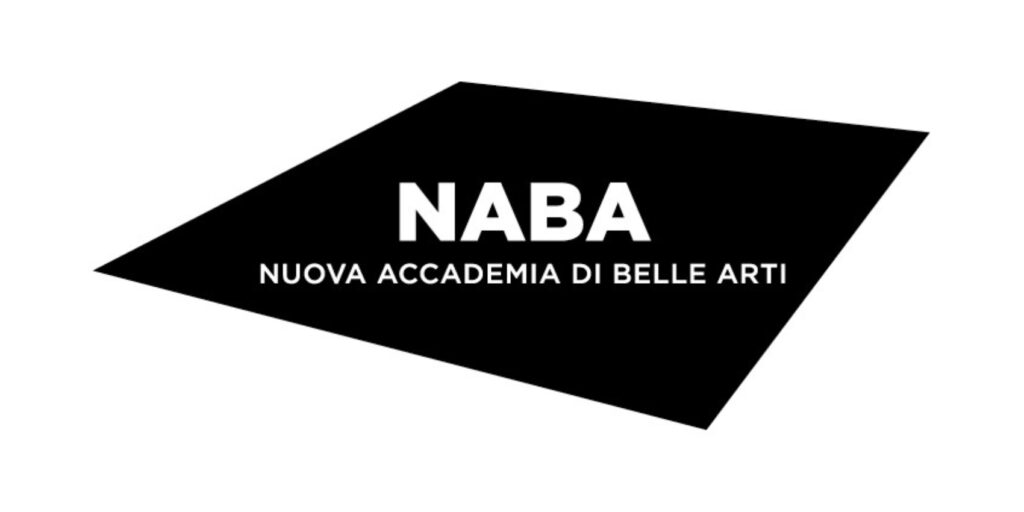How to Make Your Home More Pet-Friendly: Tips and Tricks
Jd Institute
- March 7, 2023
- 8 min read
- Fashion



Tips for Pet-Proofing Your Home
Safety First
All staircases must be barricaded, to prevent small pets from rolling down or
trying to climb up, unattended. Safety gates keep pets from running out, and
keep them safe from entering potentially hazardous areas.
Inside the house, sharp edges and corners of furniture that are at level with
the pet need to be covered with suitable material that no harm come to pets
while they romp around the house.
Silicone protective cover for sharp edges
Skid proof tiles are best as a wooden floor without rugs or carpets are slippery
when pets run on a regular basis.
Pet parents need to keep several day-to-day on-goings in mind with a pet
moving around the house. One must remember to keep the toilet lid shut, as
pets can look in mistaking it for a water bowl. This can be poisonous, especially
with traces of toilet cleaners that may be present.
All- purpose household cleaners, medicines, insecticides, all need to be locked
away in cabinets. Glassware, and other chewable decorative objects need to
be kept out of reach of pets. Consuming any of this can seriously affect a pet’s
health, and can be fatal at times.
We often end up offering food consumed by humans to our furry friends,
supposedly out of love. Be warned, that a lot of these food items should
remain off limits for our pets. It is known that chocolate is a no-no for dogs,
but the list goes on to include foodstuff that can cause our pets weakness,
upset stomach, dehydration, vomiting, tremors, and, in extreme cases, kidney
failure. The list includes: Avocado, Citrus, Coconut, Grapes, Raisins, Nuts, Dairy,
Onions, Garlic and salty snacks.
What is hazardous in our homes for our pets include common household
plants. These are poisonous for dogs and we need to keep them at a height or
level or an area which pets are denied access. Hence, jasmine, poinsettia,
castor bean, lantana, philodendron, etc., are plants that we either avoid or
keep out of harm’s way from our pets. Pet-friendly plants include bamboo and,
of course, catnip. For the best advice, do check with vet.


Never keep electrical wires at a low level where pets can get entangled
After dinner left overs or fish and chicken bones need to be cleared and
trashed in a pedal bin with a lid so that pets don’t get to them. Fish and
chicken bones are sharp, can cause not only choking but internal injury. So, as
an important precautionary measure opt for a dustbin with a lid and keep this
closed or make kitchens out of bounds for pets.
Creating a Safe Space for Your Pet
Ensuring Comfort and Care for Pets
Its best to go in for a pet mattress or a bed for your pet with removable covers, so that they can be washed from time to time and treated for ticks and fleas. Choose a suitable size that you think your young pet will ultimately grow to. A food grade bowl for serving meals or keeping dry food for the pet and a water bowl with fresh water need to be kept close to and easily accessible.
Keep a basket of toys and chewable items near your pet’s resting area, so that it can see and play with, other than seeking out other household items to chew and destroy.
Washable pet beds and mattresses

For keeping floors clean, for lightweight dogs, hardwood floor finish is easy to clean, while for heavier dogs, ceramic tiles or another nonporous hard surface flooring is ideal.

Planning for Birds and Fish Aquarium
Birdcages should be kept away from windows, as protection from the sun and
rain. Similarly, aquariums should also be kept away from direct sunlight, to
prevent the growth of algae, which will turn the water green. A fish tank
should be kept away from that part of a house that is being painted, polished
or and even during pest control treatment. The chemicals in the air are harmful
for the fish. A fish tank needs to be kept in a quiet corner, away from loud
noise. Electrical equipment in the tank needs to be checked routinely.
Other Small Animals as Pets
A much greater responsibility and caution must be exercised to have pets from
amongst some smaller animals, as they are far more fragile creatures that have
short lifespans. Therefore, owners need to be guided by their Vets and set
their homes to offer maximum safety to these fragile little creatures we love.
Hamsters –
Tend to be active at night. Low 2” bedding to allow for burrowing
behaviour needs to be provided. Cages and bedding need cleaning and
refreshing regularly. Some hamsters need to be kept in cages after 10 weeks.
Female hamsters can be hostile to one another, so one must plan the grouping
accordingly.
Guinea Pigs-
On account of their teeth growing, they need chew toys to be
able to gnaw. Guinea Pigs need Vitamin C supplements as their bodies cannot
produce this.
Rabbits- They are quick to learn litter box habits. They too like to chew and
hide in small dark spaces. So, vents and ducts need to be sealed if a pet rabbit
is let out of its cage for exercise.
Turtles-
Reptiles live long and turtles do for 25 years or more. Turtles can
range in size from 4 inches to 80 inches. Check the species for the size before
you welcome one home. Turtles also need hiding places and homes need to
create the semblance of a hideout by using plants or driftwood in their habitat
accordingly.






